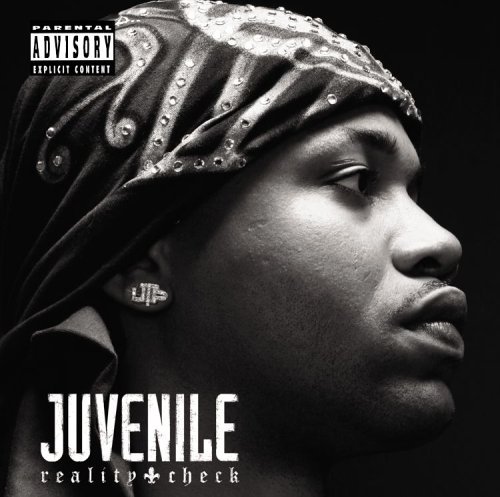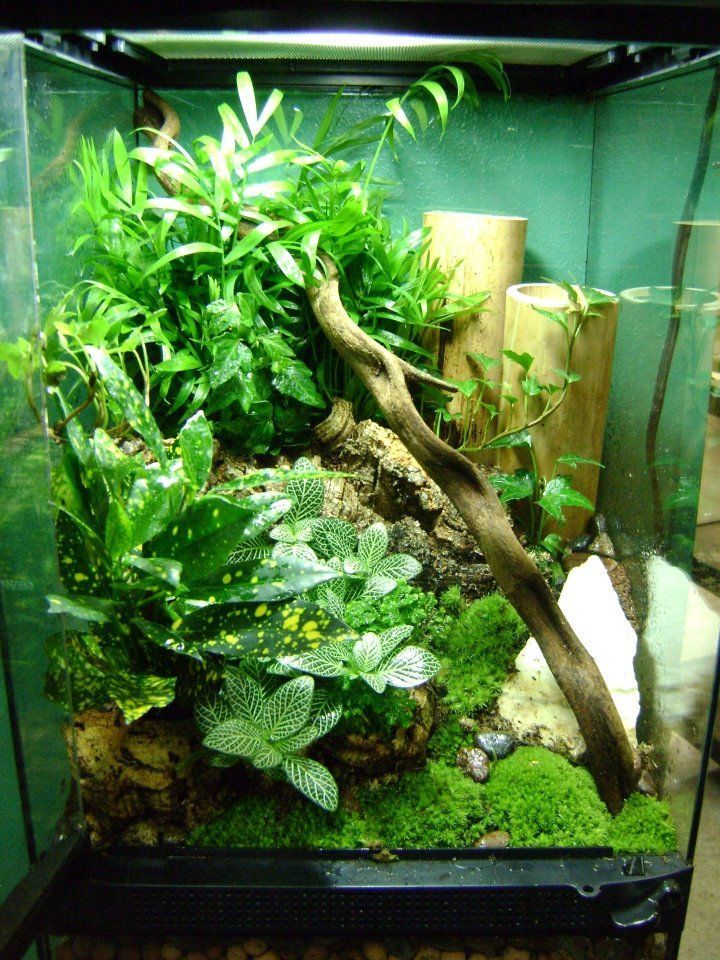Frogs make fascinating and rewarding pets, but their dietary needs are specific and require careful attention. As a responsible pet owner, understanding what to feed your frog is essential for its health and happiness. This guide will walk you through everything you need to know about choosing the best frog snacks, from diet requirements to feeding schedules and safety tips.
Understanding Your Frog’s Dietary Needs
Frogs are carnivorous animals, which means they rely on a diet of live prey to thrive. Unlike many other pets, frogs do not consume plant-based foods, so it’s crucial to provide them with appropriate protein sources. The type of food your frog eats depends on its species, age, and overall health.
What Do Frogs Eat?
In the wild, frogs are opportunistic eaters, meaning they will consume almost anything that fits in their mouths. In captivity, it’s important to replicate this natural diet as closely as possible. Common food items include:
- Crickets
- Mealworms
- Locusts
- Grasshoppers
- Worms
- Pinkie mice (for larger species)
- Small fish
- Snails
- Slugs
It’s also essential to offer a varied diet to ensure your frog receives all the necessary nutrients. A monotonous diet can lead to deficiencies and health issues.
Live vs. Frozen Food

While some pet owners opt for frozen prey, live food is generally preferred by most frogs. Live insects stimulate the frog’s natural hunting instincts and provide more nutritional value. However, if you’re unable to handle live prey, you can use frozen options, ensuring they are thawed and presented properly.
Feeding Frequency and Portion Sizes
How often and how much you feed your frog depends on its species and activity level. Here are some general guidelines:
Adult Frogs
Adult frogs typically require feeding 2–3 times per week. A good rule of thumb is to offer 5–7 crickets or similar-sized insects per feeding. Overfeeding can lead to obesity and related health problems, so it’s important to monitor portion sizes carefully.
Juvenile Frogs
Young frogs have higher energy needs and should be fed daily. They require more protein to support growth and development. Ensure that the food offered is small enough for them to swallow easily.
Vitamins and Supplements

Since frogs cannot produce vitamin A themselves, it’s important to supplement their diet with this essential nutrient. Gut-loading insects with vitamin-rich foods like sweet potatoes or commercial gut-load products can help ensure your frog receives adequate nutrition.
Calcium and phosphorus supplements are also necessary for proper bone development and overall health. These can be dusted onto the insects before feeding. Always follow the manufacturer’s instructions and avoid using human supplements, as they may contain harmful additives.
Avoiding Harmful Foods
Some foods are toxic to frogs and should never be offered. These include:
- Human food (e.g., bread, pasta, processed snacks)
- Cooked food
- Fruits and vegetables (unless specifically recommended by a vet)
- Pesticide-contaminated insects
- Large prey items that could cause impaction
Never feed your frog anything that could potentially harm it. If you’re unsure about a particular food, consult with a veterinarian who specializes in exotic pets.
Hydration and Water Quality

Frogs absorb water through their skin, so it’s important to maintain clean, dechlorinated water in their enclosure. Tap water should be treated with a dechlorinator to remove harmful chemicals. You can also use bottled water or rainwater if available.
Misting the enclosure regularly helps maintain humidity levels and ensures your frog stays hydrated. Avoid direct spraying on the frog itself, as this can cause stress.
Special Considerations for Wild Toads
Wild toads have similar dietary needs to frogs but tend to be larger and may require more substantial prey, such as small mice or lizards. Like frogs, toads swallow their food whole and do not chew. It’s important to provide appropriately sized prey to prevent digestive issues.
The Role of the Tongue in Feeding
Frogs and toads use their long, sticky tongues to catch prey. This unique adaptation allows them to snatch insects from a distance. Once captured, the prey is swallowed whole. Some species may also use their hands or feet to assist in capturing and holding food.
What to Feed Tadpoles and Juvenile Frogs

Tadpoles start as omnivores, consuming algae and small aquatic plants. As they grow into juvenile frogs, their diet shifts to primarily carnivorous. At this stage, they can eat small insects, worms, and other tiny prey.
Juvenile frogs have highly developed tongues, allowing them to capture a wide variety of food. It’s important to provide small, easily digestible prey to support their growth.
Can Frogs Eat Other Frogs?
In the wild, adult frogs may occasionally eat smaller frogs or toads when food is scarce. However, this behavior is not common in captivity if the frog is well-fed. To prevent cannibalism, always ensure there is enough food for all pets in the enclosure.
When to Seek Veterinary Care
Frogs are difficult to assess for health issues, as they often hide symptoms. Signs that your frog may need veterinary care include:
- Lethargy or lack of energy
- Changes in color or appearance
- Loss of appetite
- Abnormal stools
- Difficulty moving or breathing
If you notice any of these signs, consult an exotic pet veterinarian immediately.
Creating a Healthy Feeding Environment
To encourage natural feeding behaviors, create an environment that mimics your frog’s natural habitat. Include live insects, hiding spots, and climbing structures to stimulate activity. This not only keeps your frog entertained but also promotes physical and mental well-being.
Final Tips for Happy, Healthy Frogs
- Offer a varied diet to ensure balanced nutrition.
- Monitor feeding frequency and portion sizes.
- Provide clean, dechlorinated water at all times.
- Maintain proper humidity and temperature levels.
- Consult a veterinarian for specialized care.
By following these guidelines, you can ensure your frog remains healthy, happy, and thriving in captivity. Remember, a well-fed frog is a content frog!
Author: Jane Doe
Title/Role: Pet Care Specialist
Credentials: With over 10 years of experience in exotic pet care, Jane has helped thousands of pet owners understand the unique needs of their animals. She is a certified specialist in amphibian care and frequently contributes to pet care blogs and forums.
Profile Link: www.janedoe-petcare.com
Sources:
– American Society for the Prevention of Cruelty to Animals (ASPCA)
– Petco – Frog Care Guide
– Exotic Animal Vet – Amphibian Nutrition
Related Articles:
– How to Choose the Right Amphibian Habitat
– Common Health Issues in Pet Frogs
– Creating a Natural Enclosure for Your Pet Frog
CTA: Whether you’re a new frog owner or looking to improve your pet’s diet, understanding the right frog snacks is key to a happy, healthy companion. Start today and give your frog the nutrition it deserves!











More Stories
US Trending News: How to Claim Your Joy: A Guide to Finding Happiness and Inner Peace
US Trending News: Explore Www.hobbylobby.com: Your Ultimate Guide to the Official Site
When Is Trick Or Treating in 2024: A Complete Guide for Halloween